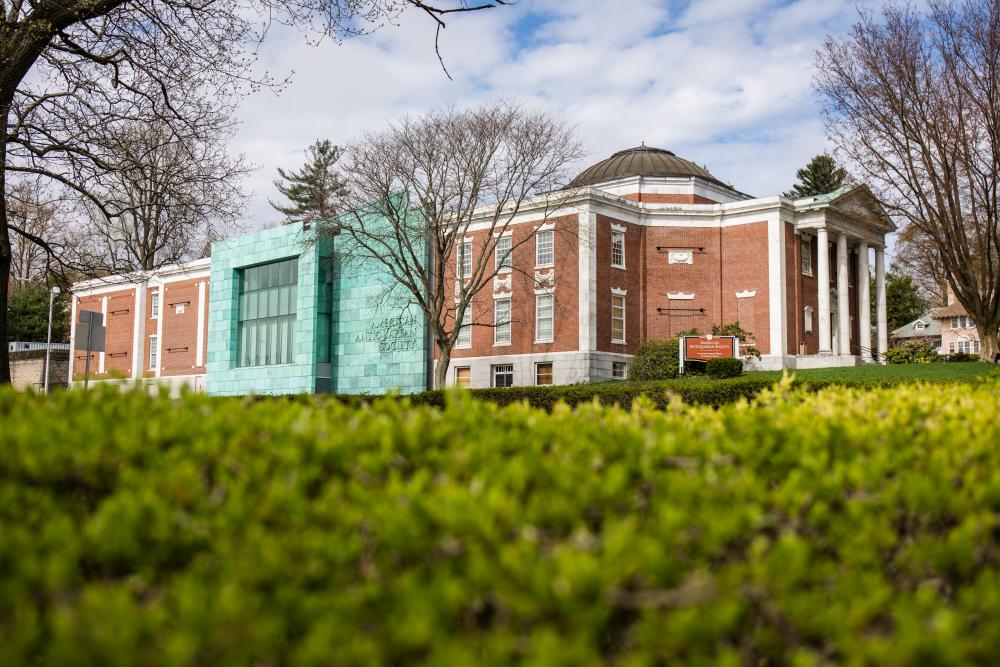American Antiquarian Society

Founded in 1812 by Revolutionary War patriot and printer Isaiah Thomas, the American Antiquarian Society is both a learned society and a major independent research library. The AAS library today houses the largest and most accessible collections of books, pamphlets, broadsides, newspapers, periodicals, music, and graphic arts material printed through 1876 in what is now the United States, as well as manuscripts and a substantial collection of secondary texts, bibliographies, and digital resources and reference works related to all aspects of American history and culture before the twentieth century. AAS was presented with the 2013 National Humanities Medal by President Obama in a ceremony at the White House.
The library is open Monday, Wednesday, Thursday, and Friday, 9 a.m. to 5 p.m., and Tuesday 10 a.m. to 5 p.m. It is closed on all legal holidays. The library is open to researchers, free of charge. For more information visit the Society's website at www.americanantiquarian.org.
History of the Society
AAS was founded in 1812. It is the third oldest historical society in the United States and the first to be national, rather than local or regional, in the scope of its collections. Worcester was chosen as home to the Society as it was thought to be safe from the guns of British warships that were then threatening coastal areas in the War of 1812.
Isaiah Thomas (1749–1831) founded the Society. Thomas was an influential patriot printer who smuggled his press out of Boston before the British authorities could shut it down on the eve of the American Revolution. He reestablished his Boston newspaper, the Massachusetts Spy, in Worcester. In the first issue—the first newspaper printed in Worcester—he recounted the battle of Lexington and Concord under a masthead that proclaimed “Americans!--- Liberty or Death!---Join or Die!”
After the Revolution, Thomas became the leading printer, editor, publisher, and bookseller in the United States. Upon his retirement in 1802, Thomas began collecting the records of the country he helped to create. He was keenly interested in material that would describe the lives and thoughts of common people. In his search for historical sources, he purchased the complete office files of many Revolutionary-era newspapers and amassed a large collection of printed ballads. These collections—including Thomas’s own library of 8,000 volumes, which he donated to the Society upon its creation—form the nucleus of the present-day AAS collections.
During the nineteenth century, AAS was involved in a wide range of activities, including archaeological excavations and the establishment of a museum. In 1910, the Society chose to be a library exclusively, concentrating its efforts on preserving and collecting the printed record of American culture. AAS abandoned active archaeological work and dispersed its museum collections to other institutions at this time. The Society is now housed in a building built in 1909 designed specifically to be a research library. This building, the third home to AAS, is listed on the National Register of Historic Places.